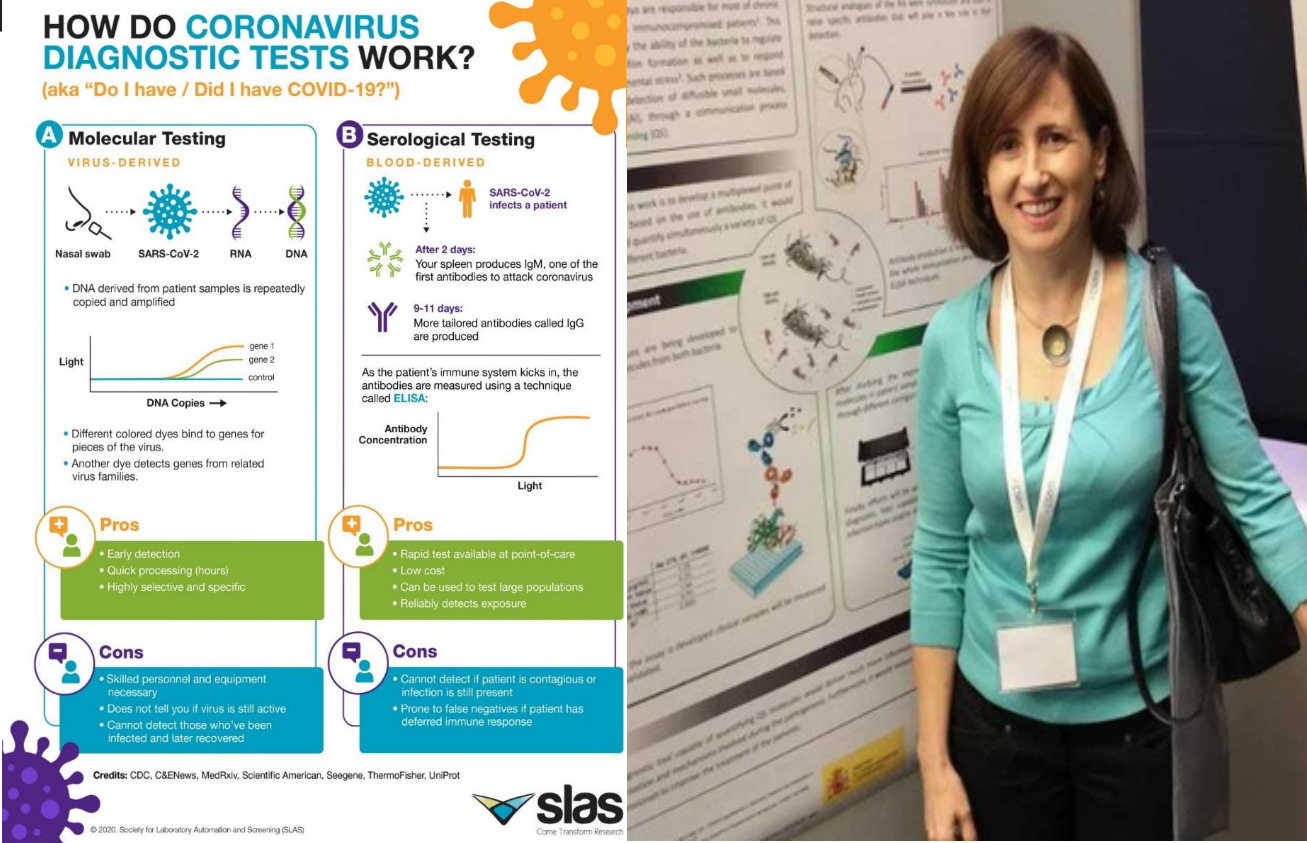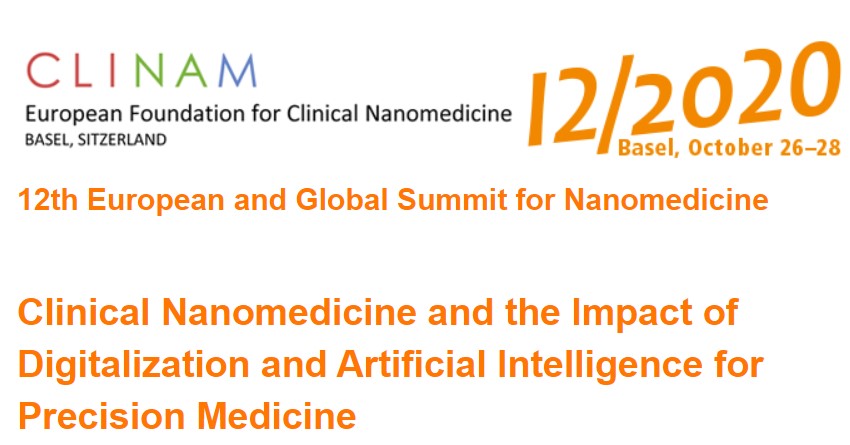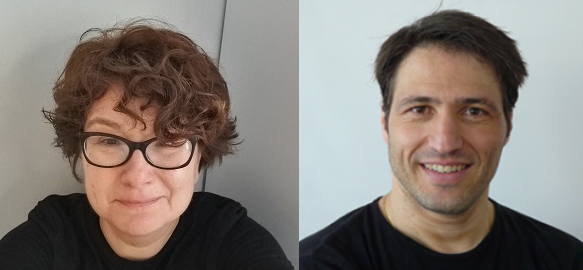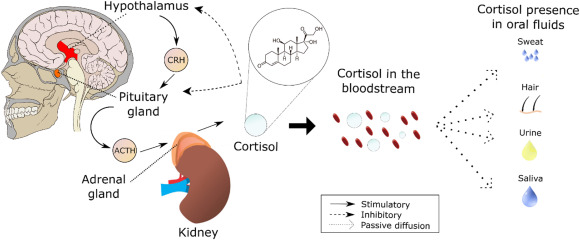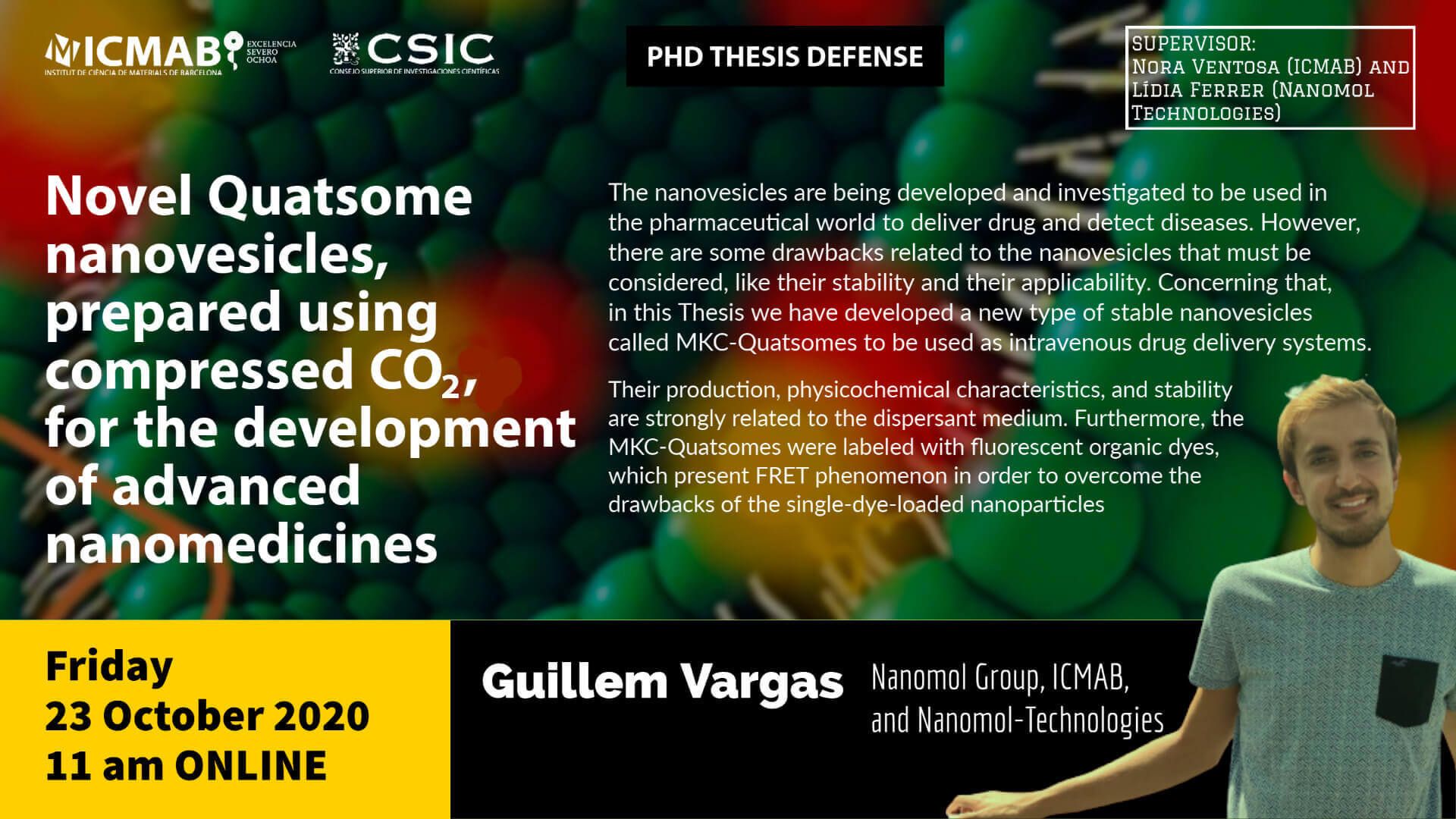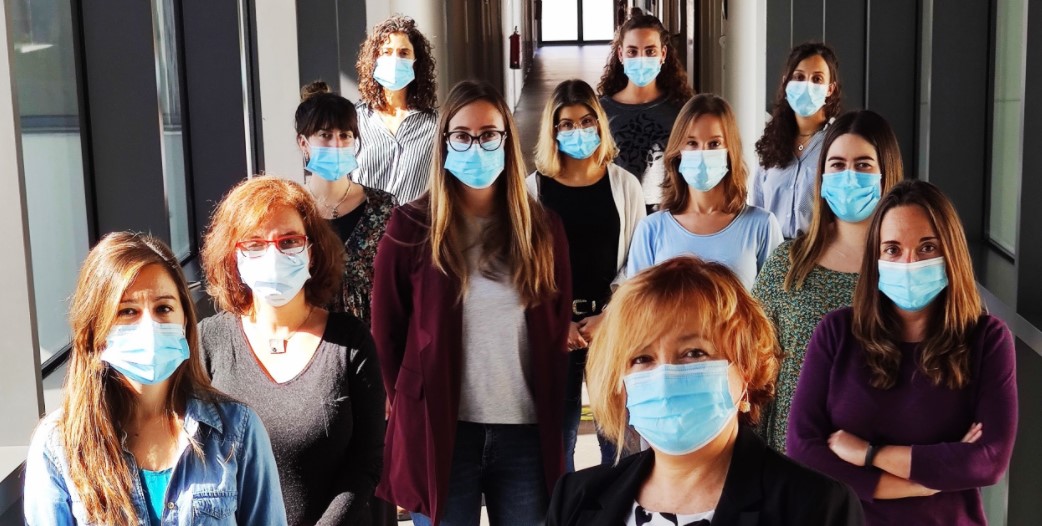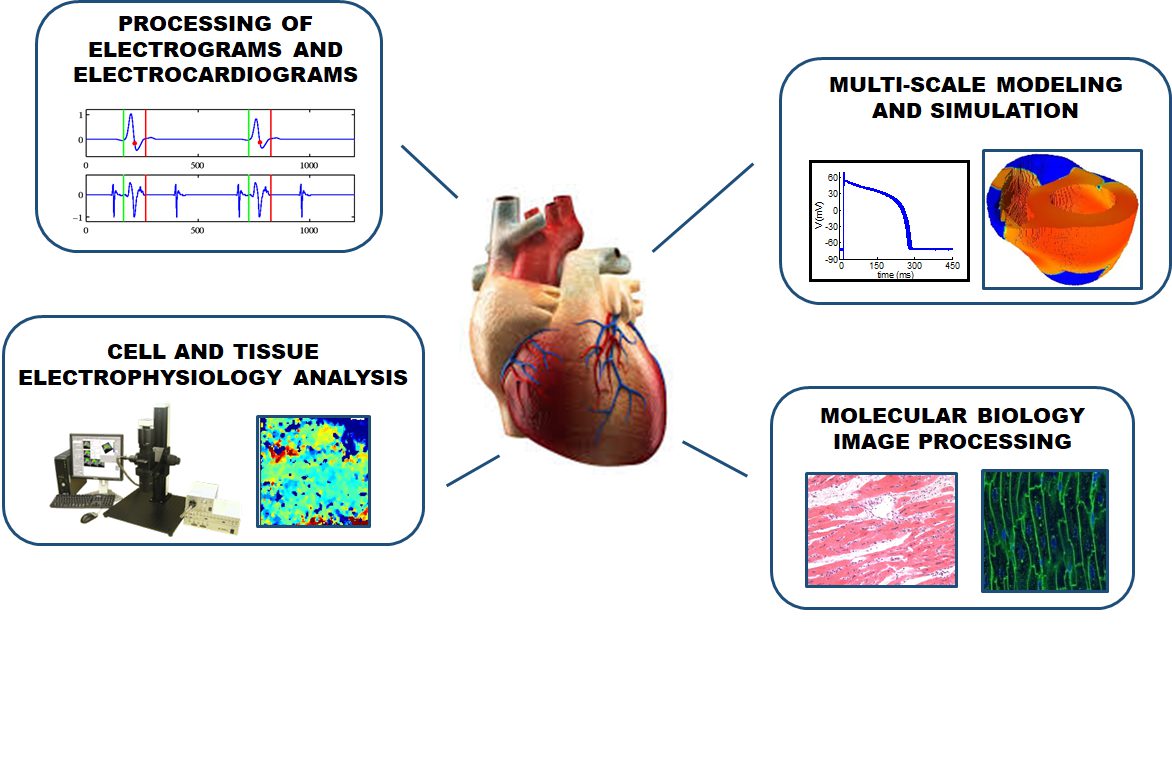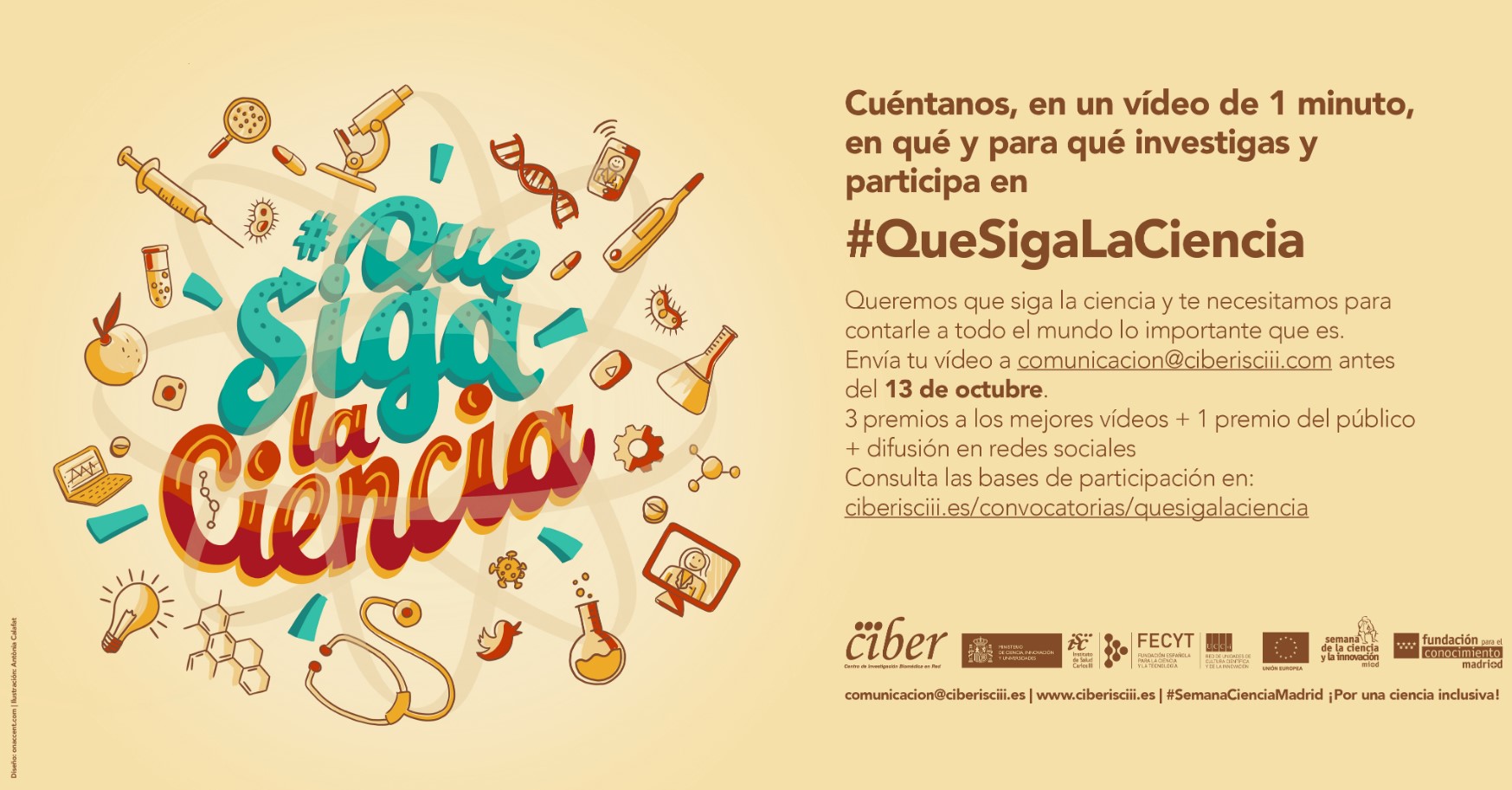CIBER-BBN´s XIV Annual Conference
CIBER-BBN´s Annual Conference will take place from Monday, November 16, 2020 to Tuesday, November 17, 2020.
This year´s edition includes presentations of internal collaborative projects, three plenary talks given by acknowledged experts in the fields of Biosignal Analysis, Hybrid Nanomaterials and Drug Delivery, a session dedicated to COVID-19 and the most recent advances in the fight against it as for detection, prevention and therapy and a session about the ICTS NANBIOSIS.
Due to this year´s exceptional circumstances, XIV CIBER-BBN Conference will be held on-line. Access to broadcasted talks and subsequent debate is free following registration to the event https://jornadasanuales.ciber-bbn.es.
Registration deadline: 8 November 2020










